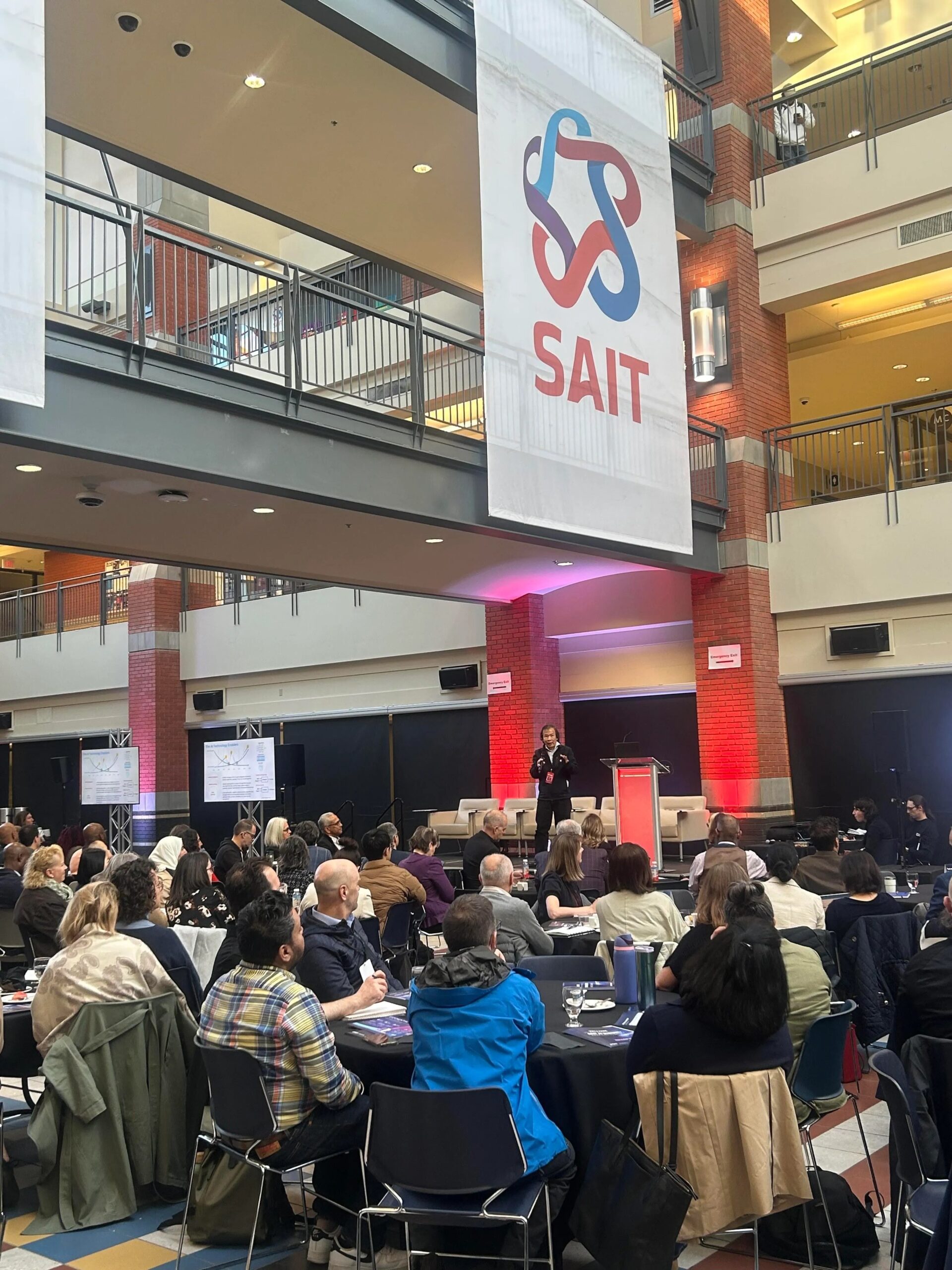By Sarah Foster, Bankrate.com
If it feels harder to get ahead right now, that’s because it is. Many Americans are navigating a “worst-of-both-worlds” economy: a cooling job market on one side and stubborn inflation on the other.
Prices aren’t rising as rapidly as they once were when the U.S. economy roared back after the coronavirus pandemic. Yet, the largest share of workers in four years (62 percent) say that their paychecks have not kept pace with increases in their household expenses due to inflation over the past 12 months, according to Bankrate’s annual Pay Raise Survey.
### The Cumulative Toll of Inflation and a Cooling Job Market
The trouble for workers is the cumulative toll of inflation. Slowing inflation isn’t the same as lower prices, and costs are still rising more quickly than they used to before the pandemic. In some cases, they’re even accelerating, as businesses start to pass on tariff-related expenses.
On the other side, workers no longer have the cushion of a red-hot labor market to help offset some of the damage. Less than 3 in 5 workers (57 percent) have received a pay increase over the past 12 months, the lowest share since polling began in 2022. Meanwhile, only 13 percent found a new, better-paying job — down from 26 percent in 2023.
More than 2 in 5 workers (43 percent) received no pay increase at all, a series high. This marks a stark reversal from just four years ago, when job openings far outnumbered unemployed workers, giving employees historic bargaining power to lock in record pay increases.
### Job Growth Slowing, Hiring at 10-Year Low
Today, job growth is slowing, hiring has fallen to its lowest level since 2013, and there are more unemployed job seekers than openings. The result: paychecks aren’t stretching as far, and opportunities to earn more are fading.
### How Are Workers Feeling?
Bankrate has been polling Americans since the U.S. economy emerged from the pandemic through our Worker Intentions and Pay Raise surveys. This page brings all that data together, featuring the latest results from our annual Pay Raise Survey.
—
## Bankrate’s Latest Insights on Americans’ Incomes and Career Prospects
### A Frozen Job Market
Over the past 12 months, less than 2 in 5 workers (57%) got a pay increase — either by finding a new, better-paying job (7%), receiving a raise at their current employer (44%), or both (6%).
### Inflation Still Bites
Nearly 2 in 3 employed Americans (62%) said their income has not kept pace with increases in their household expenses due to inflation. This is up from 59% in 2024, 60% in 2023, and 55% in 2022.
### Workers Feel Like They Have Less Power
About 2 in 5 workers (42%) say they are not confident they will find a better-paying job or get a pay raise at their current position over the next 12 months — up from 36% in 2024.
—
### Paychecks Losing Ground to Inflation
For years, official data has suggested that pay has finally been exceeding inflation. According to the Labor Department’s measure of average hourly earnings, wages have risen 3.7 percent year-over-year as of August, versus a 2.9 percent inflation rate for the same month.
Many Americans, however, report they still aren’t feeling the benefit. Bankrate’s latest Pay Raise Survey finds that more than 6 in 10 workers (62%) report their income has not kept up with inflation — the highest share in four years. Meanwhile, only 27 percent say their pay has kept pace or exceeded inflation.
Bankrate’s Wage to Inflation Index helps explain this disconnect. While pay growth has outstripped inflation in recent years, it hasn’t been enough to make up for earlier losses. Since January 2021, wages have lagged prices by 1.2 percentage points in total. This means workers still have less purchasing power today than they did four years ago.
Progress at closing that gap has slowed, with wage growth and the labor market cooling faster than inflation in recent months.
—
### How Different Groups Are Affected
– **By generation:**
– Baby Boomers (61 to 79 years): 70% say pay hasn’t kept pace with inflation
– Generation X (45 to 60 years): 68%
– Millennials (29 to 44 years): 60%
– Generation Z (18 to 28 years): 52%
– **By income:**
– Earning $100,000 or more: 34% say pay kept pace or outpaced inflation
– Between $50,000 and $99,999: 26%
– Under $50,000: 26%
– **By gender:**
– Men (30%) were more likely than women (24%) to say their pay kept pace with inflation.
### Workers Staying Put, Fewer Finding Better-Paying Jobs
For some workers, getting a pay increase isn’t enough to offset inflation. The majority of workers who saw a pay bump in 2025 (58%) said their income still fell short of inflation.
In addition, the number of workers who received a pay increase and felt their pay kept pace with inflation declined, falling to 34% from 42% in 2024.
Wage growth has cooled compared to recent years. It once averaged as high as 6.7% in summer 2022, but has fallen to 4.1% as of August, per Atlanta Fed data.
Most workers who got raises this year received them by staying with their current employers—50%, a share steady over the last four years. Far fewer saw gains by switching jobs: only 13% found a better-paying job in 2025, down from 20% in 2024 and 26% in 2023.
Job hopping has traditionally been the surest way to boost pay, but that advantage is shrinking in today’s weaker market.
—
### Workers Losing Confidence in Pay Growth
More than 2 in 5 workers (42%) say they aren’t confident they’ll find a better-paying job or get a raise in the next 12 months, up from 36% in 2024. Almost half (49%) say they are confident.
Confidence varies by income and education level:
– Making under $50,000: 44% not confident
– $50,000 – $99,999: 42%
– $100,000 or more: 37%
By education:
– Post-graduate degree: 48% not confident
– 4-year degree: 41%
– Some college or 2-year degree: 42%
– High school diploma or less: 40%
—
### The Toughest Market: Young Workers
Gen Z workers’ outlook took the biggest hit. Only 50% say they’re confident about getting a pay increase in the next year, down sharply from 61% in 2024 — the steepest drop among generations.
Just 17% of Gen Z workers found a better-paying job in 2025, compared with nearly 32% a year ago. Millennials saw similar trends, with 17% finding better-paying jobs, down from 26% last year.
Baby Boomers experienced more stability: 54% did not get a pay increase or new job, consistent with last year, and their confidence about future raises rose to 44% from 40%.
The labor market is especially challenging for younger workers entering at a time when few companies are hiring. According to the New York Fed, young workers aged 22 to 27 face higher unemployment than the rest of the workforce.
—
### Many Workers Still Plan to Ask for a Raise or Look for a New Job
Despite the tougher market, many are still taking steps to improve their financial and career situations:
– 48% plan to look for a new job
– 44% plan to ask for a raise
– 36% want more flexibility (hours, remote work)
– 25% plan to start their own business
– 18% intend to relocate for a job
– 18% plan to quit a job
Senior Economic Analyst Mark Hamrick notes, “As the job market has normalized following the ‘red-hot’ period a few years ago, many workers are still seeking better pay or new work.”
However, these ambitions are more muted—reflecting “job hugging,” where workers are less likely to switch jobs in a slower market.
—
### Generational Differences in Job Market Actions
Young workers remain the most active job seekers:
– 53% of Gen Z plan to search for a new job
– 49% of Millennials
– 48% of Gen X
– 25% of Baby Boomers
Additionally, nearly one-quarter of Gen Z workers are likely to quit a job in the next year — more than any other generation.
—
### Job Security Concerns Remain High
Fears of layoffs and longer job hunts are widespread. Most workers (69%) say they are worried about job security, with 27% more worried than at the start of the year.
This level of concern is similar to 2024, where 28% reported increased worry.
Only 16% say they’ve never been worried about job security.
Meanwhile, 65% of workers say their employment or career situation is about the same as at the start of 2025. One in five (22%) say it has improved, while 14% say it’s worsened.
—
## 3 Tips When Looking for a New Role in Today’s Challenging Job Market
Today’s job market isn’t ideal for job hunting, but there are steps you can take to prepare for success.
### 1. Boost Your Savings
Before making any large life change, like starting a new job, ensure your finances and savings are solid. A traditional emergency fund holds three to six months of expenses, but given today’s market, consider saving even more.
To increase your savings:
– Create or update your budget.
– Review your spending habits and cut unwanted expenses.
– Aim to save $50 to $100 monthly by cutting unused subscriptions, cooking at home, or renegotiating bills.
– Set a savings goal with a timeline (e.g., $5,000 in a year).
– Automate your savings with recurring transfers.
– Use a high-yield savings account to earn more interest.
### 2. Understand Your Strengths as a Job Candidate
Job interviews are your chance to market yourself. Before interviewing, list three soft skills (communication, leadership, problem-solving) and three hard skills (technical knowledge, certifications, degrees). Include these in your resume.
Highlight tangible accomplishments like successful projects or financial targets met. Knowing your strengths helps you negotiate better salary and benefits, whether asking for a promotion or in a new job.
Even in an employer’s market, advocate for fair pay and benefits. “Workers with the right skill sets and can-do attitudes will be in the best position to win,” Hamrick says.
### 3. Connect with Your Network
Now is the time to leverage your network — LinkedIn contacts, former employers, college alumni, and community connections.
Label yourself as “Open to Work” on LinkedIn and actively grow your network by reaching out to former colleagues or attending events.
—
## Survey Methodology
**Pay Raise Survey:**
– Conducted online by YouGov Plc
– Total sample: 2,497 U.S. adults; 1,175 employed
– Fieldwork: Sept. 2-4, 2025
– Demographic quotas and weights used to match U.S. population
**Worker Intentions Survey:**
– Conducted online by YouGov Plc
– Total sample: 2,000 U.S. adults; 1,005 working full-time or seeking full-time employment
– Fieldwork: June 6-16, 2025
– Demographic quotas and weights used to match U.S. population
©2025 Bankrate.com
https://www.twincities.com/2025/10/27/worker-survey/



